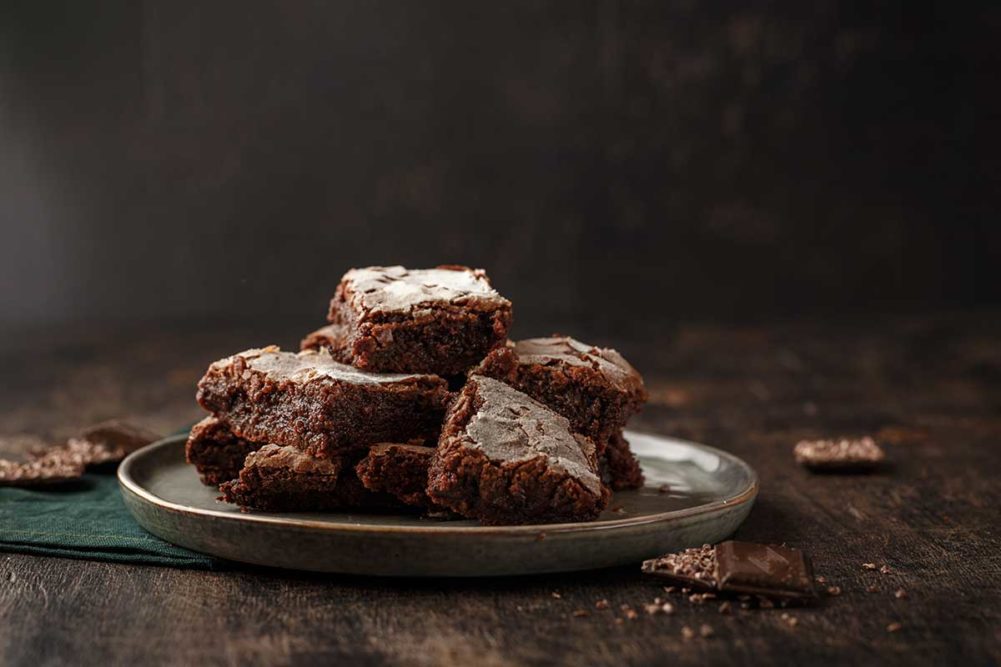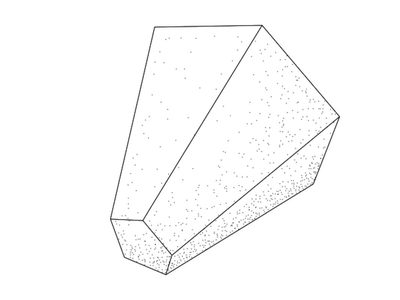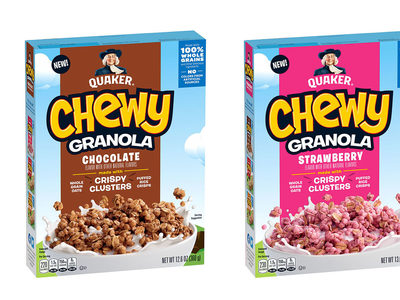Bakery is a great place for fiber claims because it is a relatively easy vehicle for boosting fiber. Brook Carson, vice president of research and development, Manildra Group USA, pointed out that consumers are familiar with fiber in baked foods through whole grain applications. Whole grains naturally contain fiber, so these products and the messaging around them have primed consumer expectations. And many fiber-rich ingredients are natural fits for bakery applications. However, formulating fiber-rich baked foods still comes with challenges.
“When it comes to baked goods, taste and texture are critical, but those two things can be difficult to maintain when fiber is introduced,” said Stephanie Doan, manager of product innovation, Blue Diamond Global Ingredients Division. “Incorporating high levels of fiber can sometimes overpower the taste experience and create a dense crumb structure, which poses a challenge for baked goods like cakes with traditionally light, fluffy textures.”
This is where ingredients that naturally contain dietary fiber come into play.
“To overcome challenges, bakers may use a combination of ingredients with naturally occurring dietary fiber, such as whole grain flours, nuts and seeds,” Ms. Doan explained. “They can be combined with a higher fiber ingredient to create products that not only meet nutritional targets, but provide a cleaner, more consumer-friendly label.
“When using a combination of fiber-rich ingredients, developers are not only able to increase the fiber content, but also individually adjust ingredients for flavor and texture while allowing them to achieve their ideal mouthfeel and taste experience,” she continued.
Combining multiple fibers can also be an effective strategy to meet fiber targets, such as “high fiber” or “good source of fiber” claims while minimizing the impact on taste and texture.
“With multiple fibers, it is easier to meet fiber targets,” Ms. Carson said. “Some fibers fit better with bakery products because of their inherent properties. For example, our RS4-type resistant wheat starch is bright white in color and has an absorption similar to flour. This is beneficial because it will not disrupt the viscosity or rheology of the batter or dough.”
Not only can resistant wheat starch be a natural fit for baked foods, Tanya Jeradechachai, vice president of research and development, MGP Ingredients, pointed out that it can be a go-to for low-carb formulations as well, which can be light on nutrition.
“Its inherent advantage is in being made from wheat starch, which makes it compatible with wheat flour and protein,” Ms. Jeradechachai said. “RS4 resistant wheat starch is also the ‘secret’ ingredient in keto-friendly or low net-carb baking. This type of formulation will require wheat protein isolate to supplement the protein functionality.”
The usage rate may be 60% to 80% of the flour basis. Such high levels are possible because MGP’s RS4 resistant wheat starch carries low FODMAP certification from Monash University, which means it is suitable for individuals with digestive sensitivities. Fibers with prebiotic function would not be able to achieve this level.
Soluble chicory root fibers, such as inulin and oligofructose, are also easily incorporated into all types of baked foods, even indulgent ones such as cookies, cakes and muffins, according to Kyle Krause, product manager, functional fibers and carbohydrates, Beneo North America. Chicory root fibers not only boost fiber content, they can assist with reducing sugar and fat in some baked foods. They can also function as a humectant, preventing products such as nutrition bars from hardening over time.
“Chicory root fibers are proven prebiotics and contribute to digestive health,” Mr. Krause said.
Chicory root fiber can also improve how a dough handles.
“Inulin (from chicory root fiber) can provide great benefit to how a dough handles and how a bakery product bakes,” said Alex Milligan, senior technical sales manager, Sensus America. “In technically difficult baking applications like laminated doughs and pie crusts, inulin provides great tensile strength, flexibility and insulatory capabilities (preventing melt out of small, isolated fat globules). In gluten-free baking, it provides an essential role in helping develop Maillard browning during the bake. And in low-carbohydrate or keto baking formulations, inulin plays a critical role as the carbon source for yeast.”
ADM/Matsutani LLC markets soluble prebiotic dietary fiber sourced from US-grown corn. It is also classified as a low-FODMAP ingredient by Monash University.
“It ferments more slowly in the large intestine, causing less gastric discomfort compared to dietary fibers that ferment more rapidly,” said Paula LaBine, marketing director, global milling and baking solutions, ADM. “It helps bakers build back integrity through structural and binding qualities that can be lost when reducing sugar in formulations.”
Tate & Lyle uses corn as its raw material for resistant maltodextrin and polydextrose. They both help with replacing ingredients that are also soluble, like sugar.
“The functionality is not so different,” Ms. DesRocher said.
Cargill partnered with Germany’s Karlsruhe Institute for Technology to produce soluble corn fiber using patented microreactor technology. This technology enables a consistent fiber ingredient.
“We also offer resistant starch, an insoluble fiber sourced from tapioca,” said McKenna Mills, senior technical specialist, Cargill. “It has a very neutral taste and can often be used to replace some of a recipe’s white flour. It’s also useful when formulating keto baked goods, which are sometimes quite dry. Because resistant starch holds water, it helps with moisture retention for improved texture and mouthfeel.”
This article is an excerpt from the May 2023 issue of Baking & Snack. To read the entire feature on Fiber, click here.






